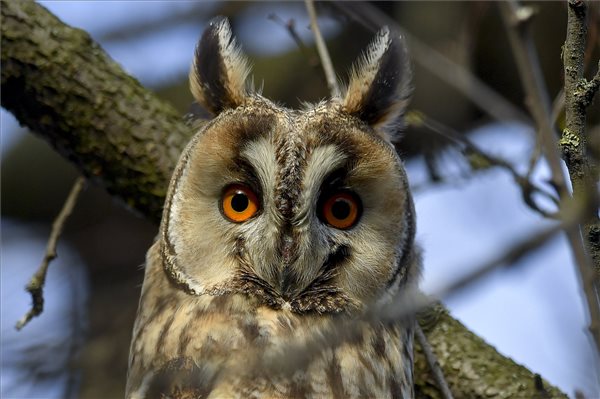The national survey of the wintering sites of the long-eared owl begins on Friday and lasts until January 22, for which the Hungarian Ornithological and Nature Conservation Society (MME) is asking for the public’s help.
Anyone can participate in the program. In addition to individual observers and families, the association also expects the participation of kindergartens and elementary schools – announced the statement of the MME.
As it was written, the population survey of wintering owls serves a dual purpose. On the one hand, a wider range of informants provides much more accurate national data on the territorial distribution and magnitude of the phenomenon than if the survey were only carried out by professionals. On the other hand, the data communication can be informative and educational for the participants, encouraging them to spend more time outdoors and to do useful voluntary work for the protection of Hungary’s rich birdlife.
The special behavior of the short-eared owls is that during the winter they visit the inner areas of settlements, especially villages and towns in agricultural areas, in groups. A few or a few dozen individuals can usually be seen at one of these wintering sites, but in Túrkev and the neighboring Kisújszállás, the total number of wintering owls can even exceed a thousand individuals in some years. In addition to the forest short-eared owls, the wintering flocks may occasionally be joined by a few meadow short-eared owls, as well as a couple of other owls.
The background of this phenomenon is the rich supply of prey animals in the vicinity of the affected settlements – for example, mouse and vole species. Owls choose inland trees, which are less favorable due to confusion, as their daytime resting place, because there are usually more of them in settlements than in fields and lawns. In addition, larger birds of prey that would pose a threat to owls are also absent from populated areas.
The presence of these birds does not pose any physical danger to humans, companions and pets, and the excrement and spitting under the trees does not pose a risk of infection if general hygiene rules are followed.
Further details can be found on the MME website.
(MTI)


















